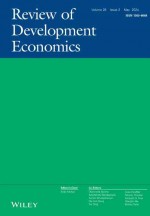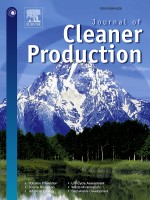Jessica Thorn, Jake Snaddon, Anthony Waldron, Kasper Kok, Wen Zhou, Shonil Bhagwat, Kathy Willis and Gillian Petrokofsky
View Journal Article / Working PaperFood production systems are threatened in the face of growing food demand, climate change and land cover changes. Agriculture accounts for 70% of water withdrawals worldwide, one third of all available energy, 75% of all deforestation, 19-29% of global GHG emissions, and is the largest contributor of non-CO2 GHG emissions. Declines in ecosystem health have consequences for agricultural production, such as soil salinization from over-irrigation and eutrophication of watercourses from fertilizer application. Forty percent of arable land worldwide is already degraded. Moreover, these trends are increasing as agriculture intensifies and expands. For example, between 1961-2005 agricultural production doubled in Sub-Saharan Africa, and globally, was one of the main drivers of degradation of 65% of natural ecosystems. In the last century, forest cover decreased from 170-100 million ha and every year, palm oil cultivation is responsible for c. 300 000 ha of forest cover loss. In the next 25 years, food production and availability must increase by 50–70% to keep pace with the demands of a global population expected to reach 8-10 billion, income growth, and changing consumer preferences. To address these challenges, recent international meetings have been convened, such as the UN Summit of 2014, where leaders from 20 governments and 30 organizations pledged their commitment to addressing food security through the formation of the Global Alliance for Climate-Smart Agriculture. Balancing the need to provide enough food for a growing population while maintaining healthy ecosystems and habitats is thus arguably one of the most pressing issues of the 21st century.




